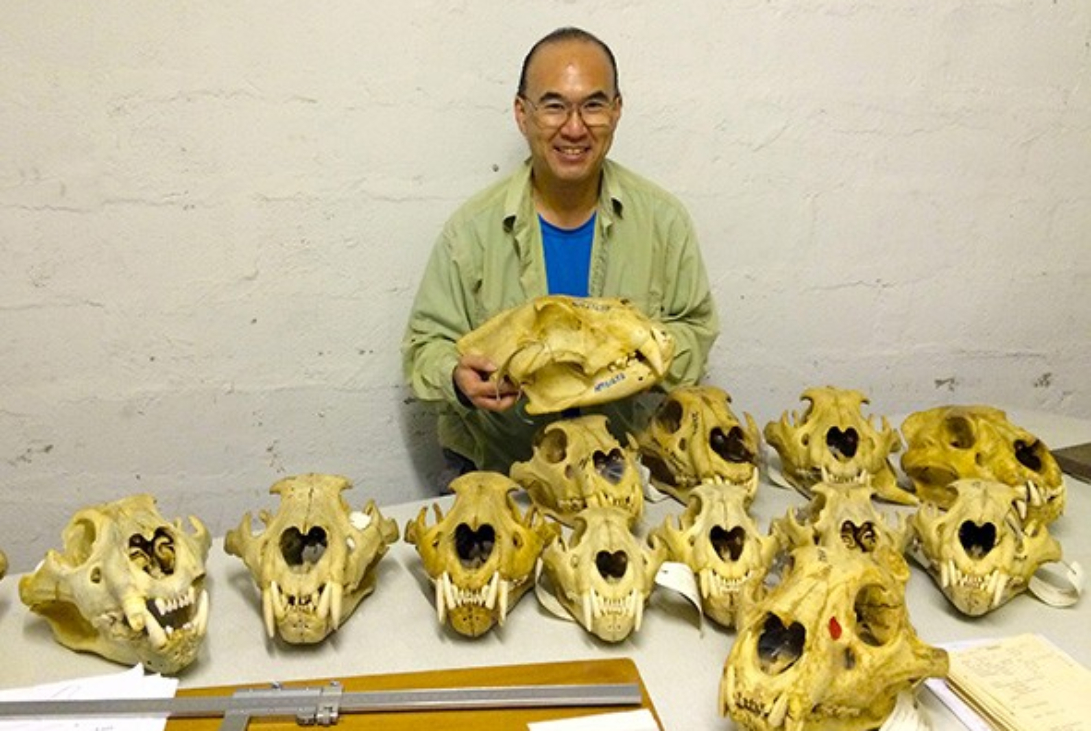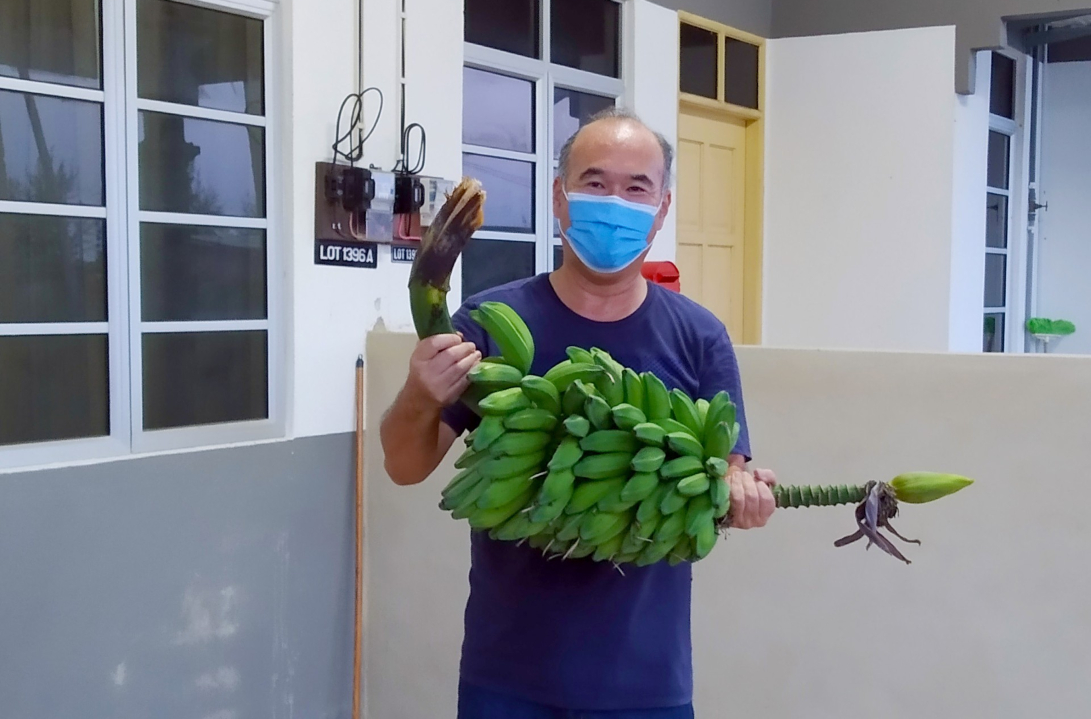
Academic Visitor
Nobby Yamaguchi
PROFILE
Nobby Yamaguchi was born and grew up in Japan. In 1993, he moved to WildCRU, Oxford, UK, where he obtained his DPhil in 2000 by working on the basic ecology and reproductive biology of feral American mink in the Upper Thames. Nobby remained at WildCRU until 2007 when he moved to the Qatar University, Doha, Qatar, where he remained until 2019, and conducted research on the behaviour and ecology of desert hedgehogs. In 2019, he moved to the University of Malaysia Terengganu, Terengganu, Malaysia, where he remained until 2025 and worked on the skull morphology of small cats in the Southeast Asia.
Nobby has been always interested in the evolution and conservation of cats, particularly large felids. Nobby’s main methodology involves morphological analysis of skulls and the collection of samples for ancient biomolecular research.
Over the past 25 years, he has actively participated in various research on this subject, travelling and visiting natural history collections across the world spanning from the southern tip of Africa through Central Asia to the Russian Far East, as well as Europe and USA.
Additionally, Nobby is intrigued by the evolution of reproductive strategies in female mammals. Nobby’s primary focus is mustelids as a model taxon, with special emphasis on the combination of embryonic diapause and superfetation, about which only very limited information is available at the moment. Due to its possible benefit for the individual fitness of a female the combination may occur in many more species than we know at the moment, which are only American mink, European badger, stoat, and American black bear.

